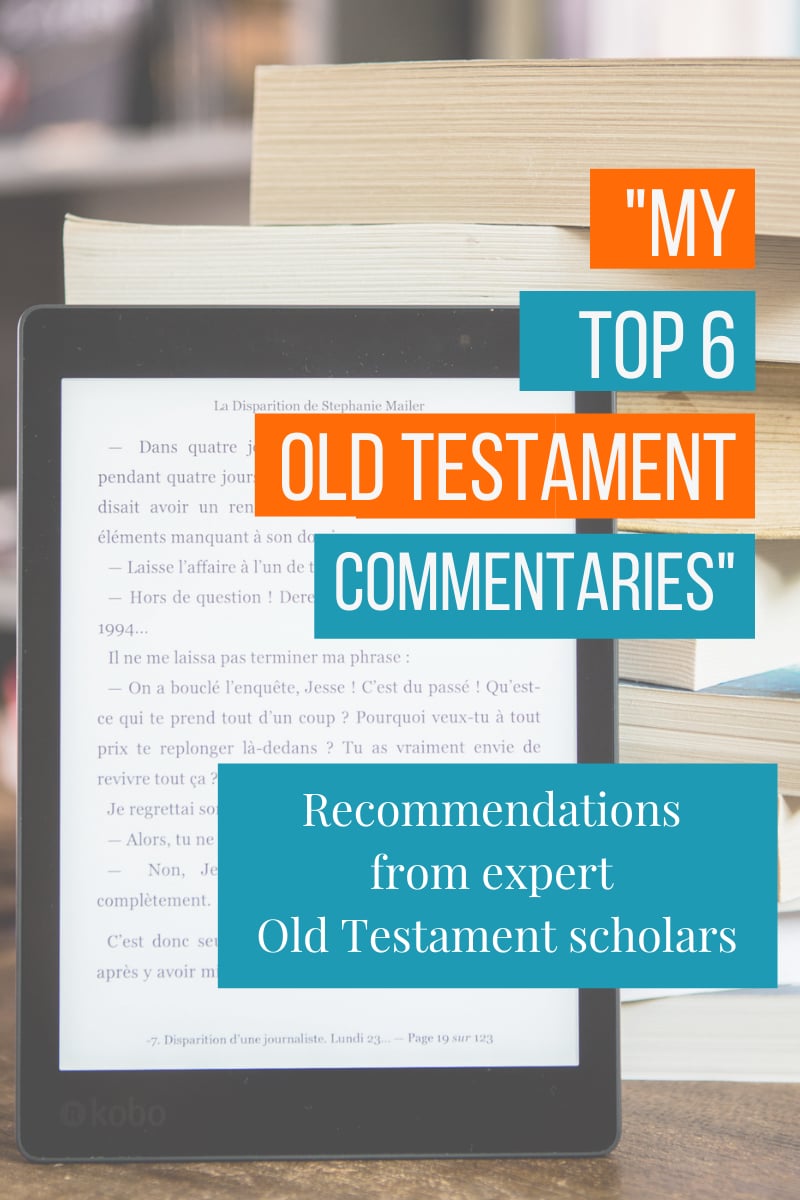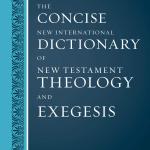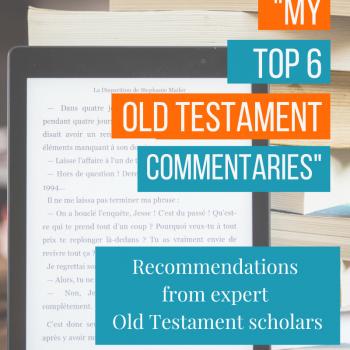(Wanna get caught up on all our previous guest posts and their commentary recommendations? Here is the index link to this series.)
Today we have Dr. Aubrey Buster (Wheaton College) as our Old Testament expert. Buster has a Cambridge Press monograph coming soon on Remembering the Story of Israel (May 2022). She is also co-writing a commentary on Daniel with John Walton for the NICOT series, and authoring the Ezra-Nehemiah volume for the new series, The Bible in God’s World.


Technical
H.G.M. Williamson. Ezra, Nehemiah. WBC 16. Waco, Tex.: Word, 1985.
Hugh Williamson’s commentary, along with Joseph Blenkinsopp’s below, set the standard for critical commentaries on Ezra-Nehemiah in the 1980s. Even though this commentary is approaching 40 years old, it remains the gold standard in its careful treatment of the text, its clear evaluation of the critical issues, and its poignant theological engagement.
Joseph Blenkinsopp. Ezra-Nehemiah: A Commentary. Old Testament Library. Philadelphia: Westminster Press, 1988.
Blenkinsopp illuminates the literary, social, and historical aspects of Ezra-Nehemiah, while also concisely outlining the compositional and text-critical issues in the text.
Semi-Technical
Mark A. Throntveit, Ezra-Nehemiah. Interpretation. Louisville, KY: John Knox Press, 1992.
Throntveit’s commentary prioritizes the literary and theological character of the text while still demonstrating awareness of the critical issues. This volume will be of value to both teachers and preachers of these books.
Non-Technical
Joseph Too Shao and Rosa Ching Shao. Ezra and Nehemiah: A Pastoral and Contextual Commentary. Asia Bible Commentary Series. Carlisle, England: Langham Global Library, 2019.
In this commentary Joseph Too Shao and Rosa Ching Shao interweave robust theological reflection on the text with contextual comments from Asian contexts.
Johanna W. H. Van Wijk-Bos, Ezra, Nehemiah, and Esther. 1st ed. Westminster Bible Companion. Louisville, Ky: Westminster John Knox Press, 1998.
Van Wijk Bos is valuable in large part because of her careful reading of some of the more difficult issues in Ezra-Nehemiah, including the issues of foreign marriage in Ezra 9-10. She also connects these issues to contemporary concerns in the life and practice of the church in a way that will be of value to pastors preaching these texts.
Commentaries on the Horizon
Instead of a third technical commentary, I am going to have to cheat (I warned Nijay!), because we live in an exciting season in the study of Ezra-Nehemiah. Three highly anticipated volumes are coming out from scholars that promise to contribute greatly to the study of Ezra-Nehemiah.
The first is Roger Nam’s commentary for the Old Testament Library series. Nam brings considerable expertise in the socio-economic landscape of the Persian period to the text, as well as a focus on repatriation as a subfield of immigration studies. It will also include brief forays into the early reception history of the text.
The second is Dierdre Fulton’s commentary for the Word Biblical Commentary series. There have been significant archaeological advances in the study of Ezra-Nehemiah since the last “round” of Ezra-Nehemiah commentaries in major scholarly series, and Fulton’s expertise in both the texts and the archaeology of the Persian period promises to bring those advances to bear on our understanding of the text.
Finally, Tamara Eskenazi’s Ezra is forthcoming from Anchor Bible. Eskenazi is a highly respected voice in Ezra-Nehemiah studies, known particularly for her insightful and historically aware literary readings of these text. This commentary will offer the fruits of a long and influential scholarly career focused on these texts.
Each of these volumes promises to set a new standard in the study of Ezra-Nehemiah and to update the field in relation to several advances in our understanding of the archaeology, history, and social and economic shape of the Persian Period.
















